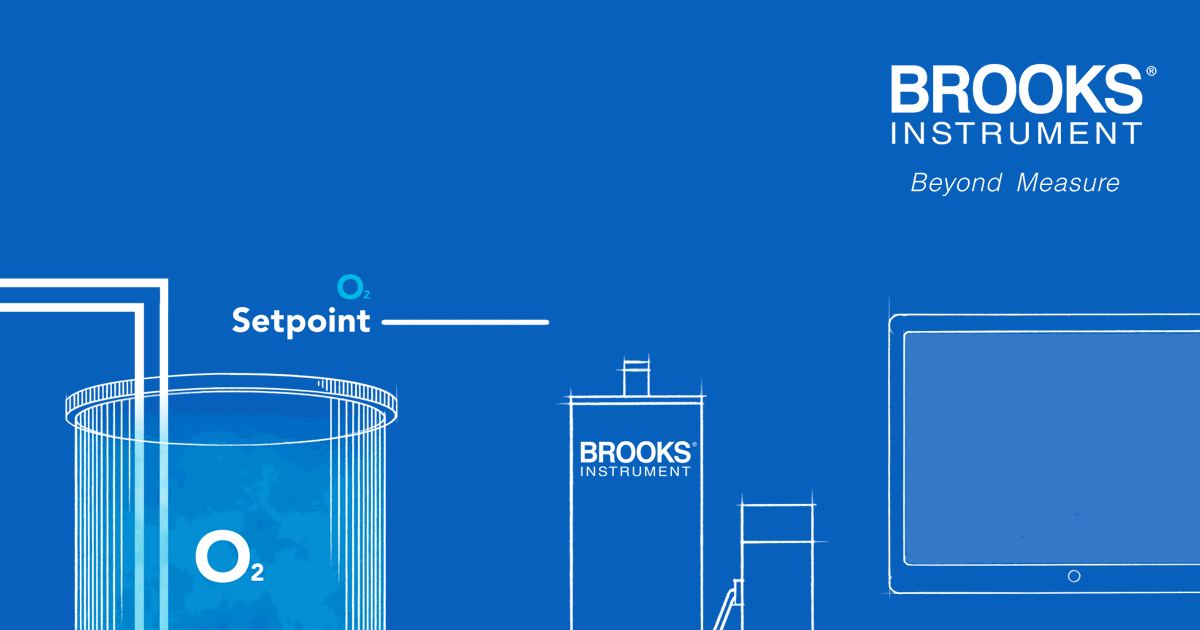Diagnose bioprocessing system issues using smart MFC alarms
Most automated production systems incorporate devices which generate alarms or notifications when the device isn’t able to function according to pre-set operating requirements. These alarms can tell us more than just the specific device’s functioning; alarms can be used to isolate and diagnose more complex issues within the overall system.
For example, digital MFCs used in bioprocessing applications, like Brooks Instrument’s SLA Series and SLAMf Series, feature a host of alarms that bioprocessing operations can use for more complete insight into the quality and efficiency of their production systems.
With a digital MFC, you can read the flow, totalized flow, temperature, valve drive and other variables simultaneously—and you can communicate that information to the PLC/DCS or other devices on the network for further action, in real time. Preventive maintenance and process quality are also enhanced by having a broad array of thresholds and alarms that can be set and monitored by Brooks digital MFCs.
Alarms like these can help keep critical process systems on track. For example, it’s common in biotechnology operations to schedule regular device calibration at six-month or annual intervals, often to comply with regulatory requirements. So “device calibration due” and “device overhaul due” can alert operations personnel to these intervals, making sure they schedule process equipment downtime to comply.
Using alarms to find root causes
Alerts such as “valve drive out of limits” can help operators pinpoint the source of problems. If O2 pressure feeding a bioreactor chamber goes too low, it could be because a filter is clogged or a regulator is not working properly. A Brooks digital MFC will open the device’s valve to try and compensate for that.

Eventually, the valve will reach the limit of its ability to open and won’t be able to achieve full scale flow. In this scenario, the MFC is functioning properly to deliver the correct flow; the problem is further up the gas delivery system line.
A “valve drive out of limits” alert is sent by the MFC to the bioreactor’s PLC, which can then alert operators of a system gas delivery issue. All this happens before the bioreactor reaches a point where the loss of O2 affects a specific batch of biologics being processed, so further investigation of the system can be undertaken to reach the root cause of the issue.
To further understand how Brooks Instrument digital MFCs can help bioprocessing operations, see our new biotechnology infographic: Using Advanced MFC Alarms to Diagnose and Solve Bioprocessing Issues.